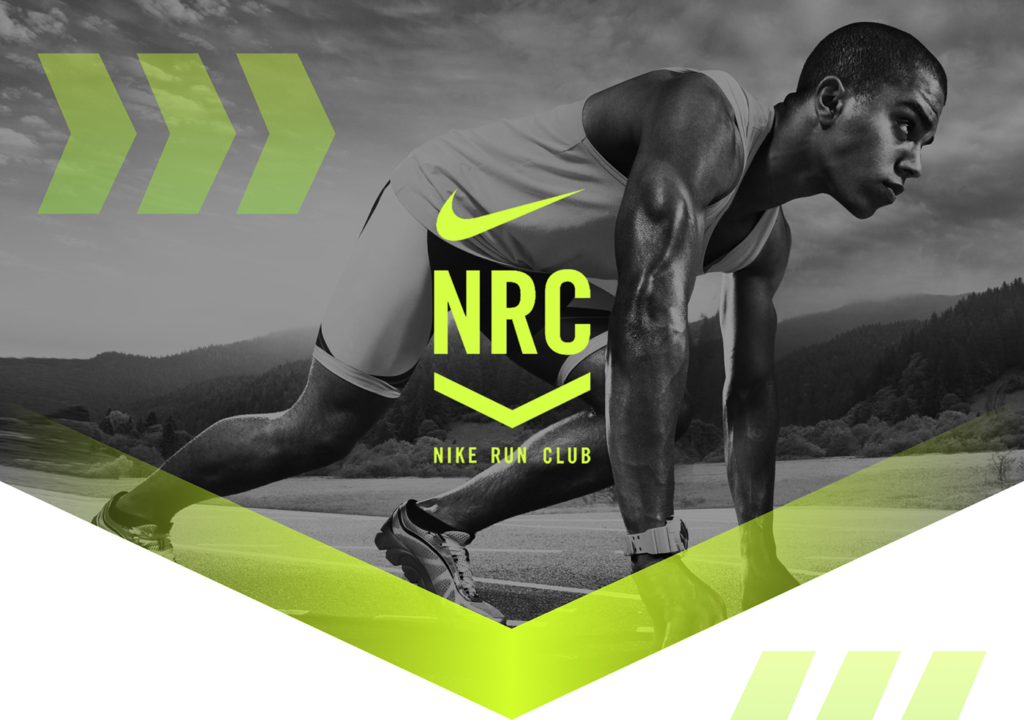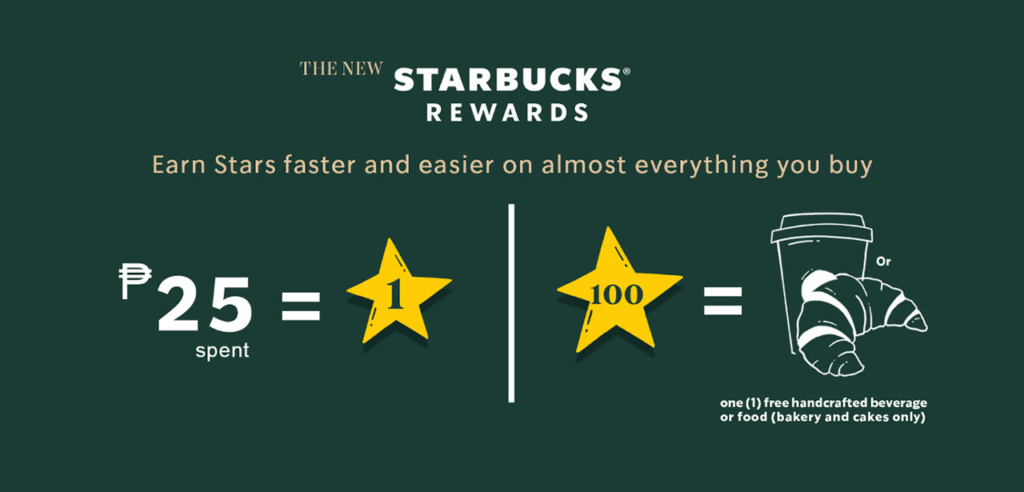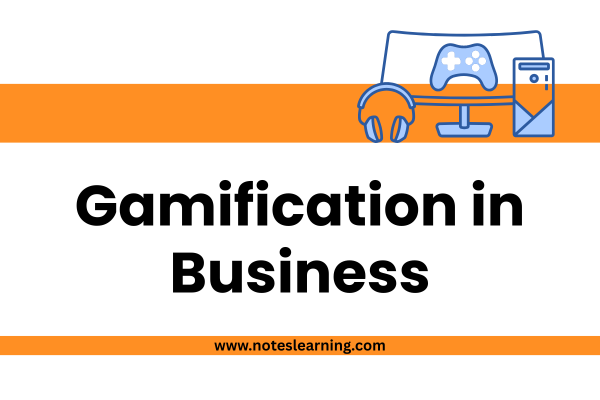Introduction
The business environment is dynamic and ever changing. Consumerism, competitive business environment, cost effectiveness, cut-throat employment environment, automation, digitalization etc. has changed the working culture in any business organizations. The changing choices of workforce, the shift towards gig-economy, hybrid working model etc. demands companies to look for innovative ways to engage and encourage employees to boost productivity and foster a positive workplace culture. Gamification is the contemporary approach to which has gained significant traction.
Gamification simply means introduction or application of game-design elements in non-game context. This means, changing the working space into a playground and work into play. In this way, businesses are not only motivating employees but also achieving positive results. Conclusively, gamification is transforming the modern workplaces.
What is Gamification?
Gamification is the integration of game mechanics into daily business or workforce activities. Game mechanics may include points, badges, challenges, leaderboards and rewards. Basically, the goal of this integration is to make tasks more engaging, interesting, enjoyable, less stressful, participative and motivating. The premise behind such a concept is the natural human desire to compete, explore, achieve and be recognized.
Benefits of Gamification in Business
Some of the benefits of gamification are:
Improved Productivity
Gamification encourages participation and associates the performance with recognition and rewards. Providing clear goals and instant feedback of the work, gamification motivates individuals to perform better.
Sales teams with gamified targets often generate higher leads and conversions.
Enhanced Learning
Gamified training programs make learning fun and effective. Gamification allows workers to focus on real time, measurable and meaningful targets. It allows an immersive environment to learn without stress. Participation, teamwork, sharing etc. lead to better skill development.
Different levels and points during training make participants attentive towards passing/earning them. This let participants to focus on learning throughout the session,
Stronger Collaboration
Challenges, team-work, participation, competition, leadership etc. foster collaboration and strong camaraderie. Employees develop a strong bond and advocate for a healthier working environment.
A gamified innovation platform allows individuals to collaborate to solve the existing problems as a team and come up with innovative ideas as a team.
Increased Engagement
Traditional working environment is work-intensive hence, employees don’t consider the workplace as an exciting place. Gamification transforms mundane work and workforce more exciting, appealing and interesting, leading to higher employee participation and engagement.
Challenges of Gamification
Along with the benefits, gamification also invites some big challenges in the business. Some of such challenges are:
Short Term Engagement
Not everyone enjoys the game. If gamification is not integrated well or designed well, it may lose its appeal in the business environment over time. Gamification requires innovation and proper integration.
Complex Implementation
Implementation of the gamification process is complex. Association of games with the workforce is crucial and complex. Overemphasizing in rewards and points may mislead the core of gamification. Careful planning and proper implementation is required for effective results. Along with this, there are technical requirements and resource integration in gamification which can be challenging at times.
Over Competition
Excessive focus on rewards, competition and leaderboards can lead to unnecessary competition among employees and at times demotivate employees. Individuals can be overfocused on rewards and winning at the expense of the primary goal. Excessive competition can lead to burnout, stress, inferiority, decreased collaboration and toxic work environment.
Misaligned Incentives
Gamification only works when it fulfills the business goals of collaboration, productivity, learning and engagement. Rewards and incentives can actually influence human behavior therefore, right alignment of rewards and incentives is required for right behavior. Misalignment of rewards with business goals may lead to unusual behavior and unexpected results.
Applications of Gamification in Business
Gamification components can be applied across various business functions. It can be integrated with any department, functions, roles and positions. Some of the application of gamification in business are:
Employee Training and Development
Training and development programs widely use gamification. Training coordinator includes various interactive games where employees can earn points, badges or levels throughout the training period which can later be converted to any kind of incentive or rewards. Such modules will increase the engagement, make participants attentive and help in faster onboarding. For instance, there are different level games during online training or induction where new recruitment or participants need to unlock levels to further continue the training or induction.
Sales, Marketing and Performance Management
Sales and marketing functions involve the gamification principle where sales and marketing teams earn rewards for getting good leads for achieving targets. Incentives motivates teams, increasing productivity, improving morale and making the environment more competitive and fun. For instance, the CRM system tracks activities of each sales executives, warding badges and points for each milestone like “Performer of the Month”, “Best Closure of the week”, “Best Deal Closed” etc.
Innovation and Problem-Solving
Another application of gamification is to generate innovative ideas and solve problems. Team work and participations are basic components of Gamification. During various team sessions, businesses can crowdsource ideas from participants. Group discussions and other collaborative approaches motivate participants to build a culture of innovation, diverse ideas, and faster problem solving.
Customer Engagement and Loyalty
Businesses gamify customer experience to boost engagement and promote loyalty. Most of the businesses in their application or website provide token or points for purchases, referrals, shares, feedback etc. which later can be converted into cash or redeemed in prescribed manner. Similarly, there are loyalty programs, exclusive discounts, vouchers for regular customers which work as incentives for them to participate. Such activities lead to increase in customer retention, higher brand loyalty, and enhanced customer satisfaction.
Gamification in Real Businesses
There are multiple practices and campaigns that have the core gamification principle. Global business leaders are successfully implementing gamification in their different functions of the business. Some of such world renowned example of how global companies have adapted gamification are:
Nike Run Club
Nike promoted fitness through its app, Nike Run Club. In this app, users earn badges, track progress, compete and share with friends. This increased user engagement and brand loyalty. Nike gamified fitness through its app.

Starbucks Rewards Program
Starbucks has loyalty program. In this programs customers earn a star for every purchase which is redeemable for free drinks or services. This led to active users, repeat purchase and loyal customers.

Similarly, Starbucks promoted customers bringing their own reusable cups to cafe, drive-thrus, and mobile orders.
Duolingo: Language Learning
Duolingo introduced streaks, levels, and rewards to make learning a new language fun and addictive. Introducing games in language learning has made their base of 500 million users and their image as one of the most popular language learning platforms.


